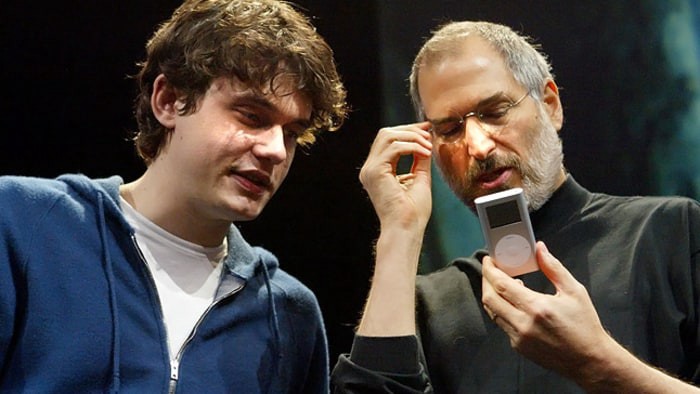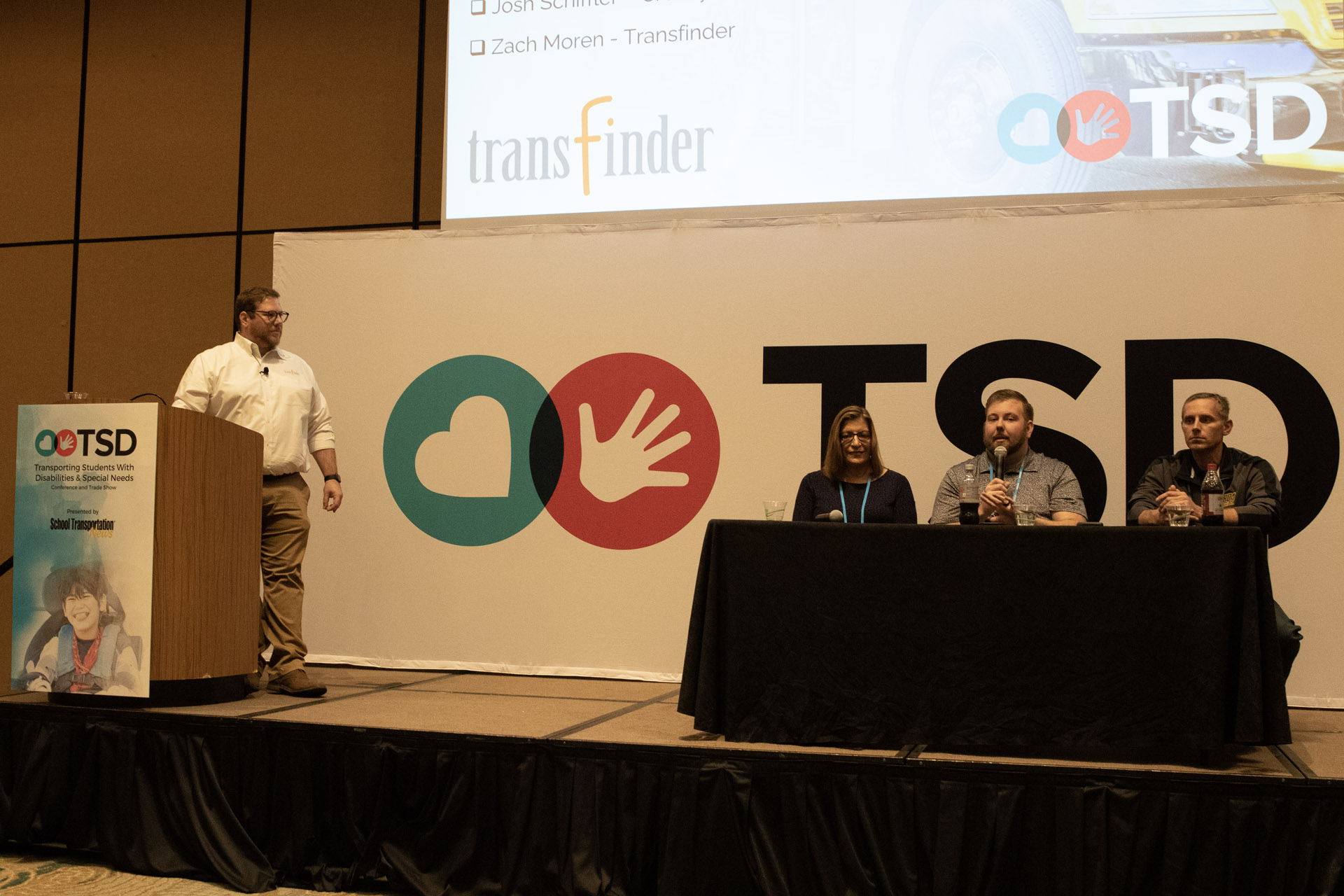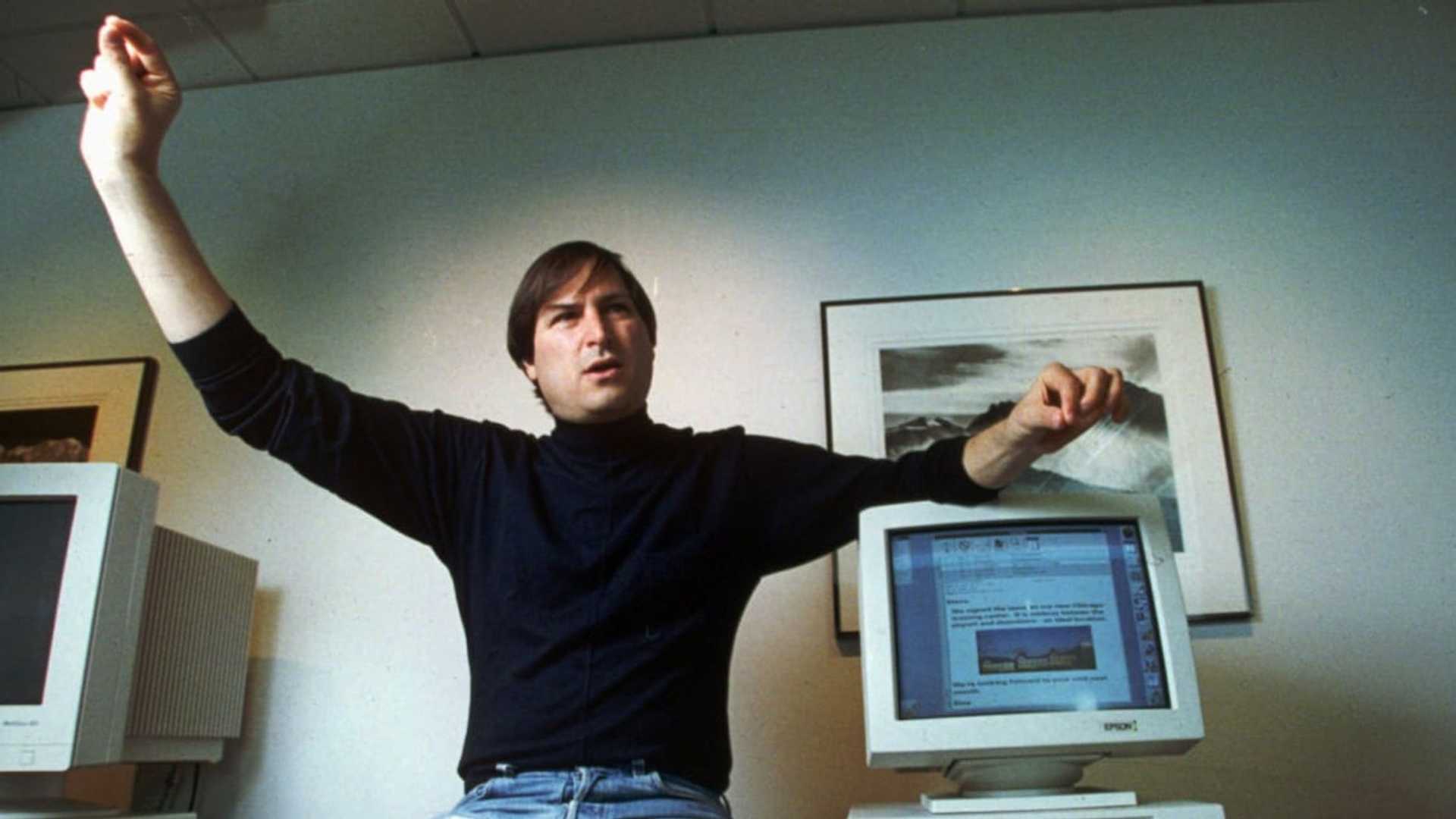What OpenAI learned from Steve Jobs
OpenAI’s recent debut of its GPT-4o large language model technology provided an inadvertent blueprint for many of us to follow in terms of how we conduct and present ourselves.
A Human Touch in Technology Presentations
The company’s setup for their demo of GPT-4o appeared unassuming at first glance. The design of the stage was reminiscent of something from the Dick Cavett show in the 1970s. It also took place inside, where it seemed no more than 30 people or so sat in an audience, occasionally applauding. Mira Murati, Open AI’s chief technology officer, seemed uncertain as she addressed the crowd, and wasn’t quite sure where to look when addressing the audience. That being said, it all felt very human, something that you’re not necessarily expecting when talking about an issue like Artificial Intelligence.

Why did it work? For starters, it helps to have a paradigm-shifting AI technology that can affect almost every aspect of life, but I think that only partially explains why the company’s recent demonstration made such an impression.
Live Demonstrations vs. Pre-Produced Videos
OpenAI’s GPT-4o demonstration was streamed live, which isn’t a feat in and of itself, but the company decided to have its employees demonstrate GPT-4o’s features live as well, instead of just throwing to a pre-produced video demonstration, which would have been very easy to do.

Instead, Ms Murati introduced OpenAI’s Mark Chen and Barret Zoph, who were equipped with smartphones synced to a larger monitor, and they proceeded to showcase ChatGPT’s newest voice recognition and conversation technology. It wasn’t perfect, and the audio was patchy at times, but make no mistake, the impromptu conversation and back and forth interaction between man and machine was impressive. That portion of the live demonstration, along with dozens of other parts of the demo, were later clipped, shared and reshared by tech enthusiasts and media outlets, racking up millions of views along the way.
Lessons from Steve Jobs
To execute this well, I think OpenAI studied carefully from another technology giant, Apple, but not necessarily the current incarnation of Apple. I am, of course, talking about the 1997 to 2011 version of the California-based consumer technology company. Those years provided countless examples of Steve Jobs, who returned to the company after being ousted in 1985, take to the stage in front of various packed auditoriums.

The visual of one person under the spotlight, showcasing new operating systems, iMacs, iPods and ultimately the iPhone, stays burned in the minds of many.
The technology, however, I would argue, was only part of what made those product demonstrations work. In hindsight, watching Steve Jobs on stage, those appearances look less like keynote addresses and more like tightrope walks.
Embracing Imperfections in Product Demonstrations
These examples, combined with OpenAI’s recent successful demonstration, teach a lesson from which all of us can learn something. While we often seek perfection, sometimes it’s the imperfections that really resonate. It’s even more important to embrace those human imperfections and uncertainty amid the onslaught of impersonal AI technology that shows no sign of slowing down.

In such a noisy world where new products, new ideas and new technologies come and go at the crest of a wave, live demonstrations showing real human vulnerability, matter more than ever, and they’re more memorable than pre-produced videos.




















